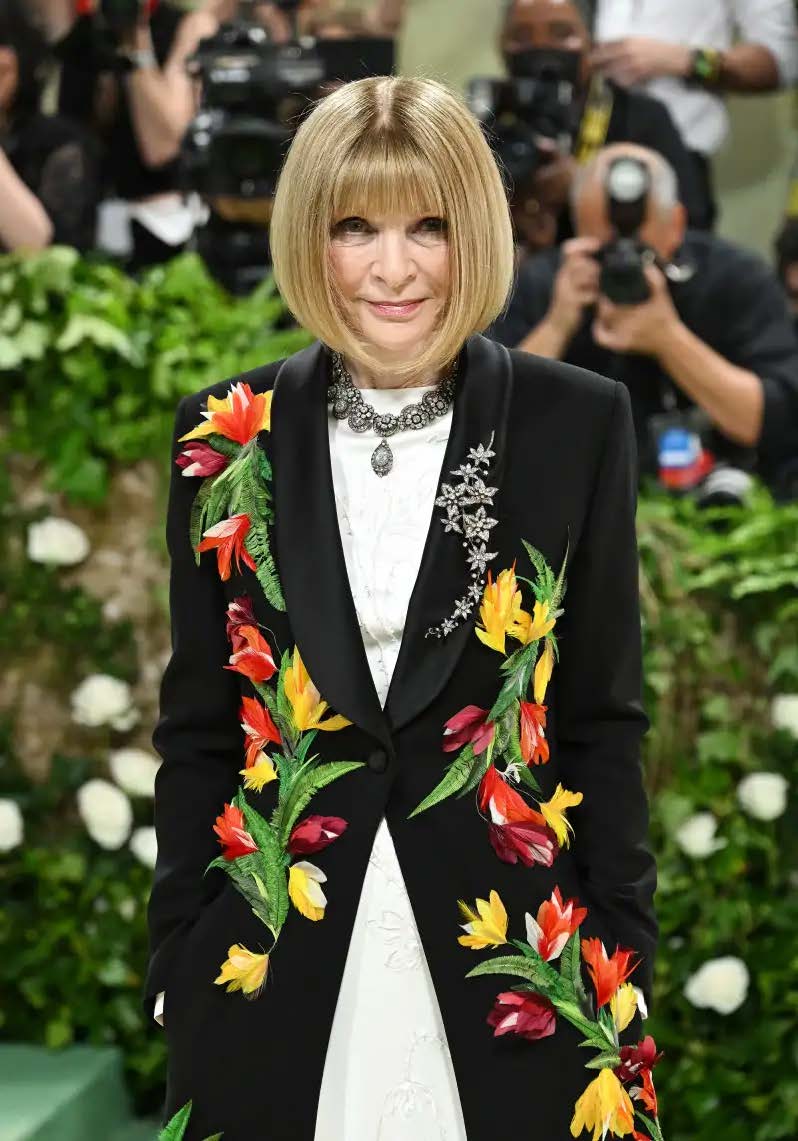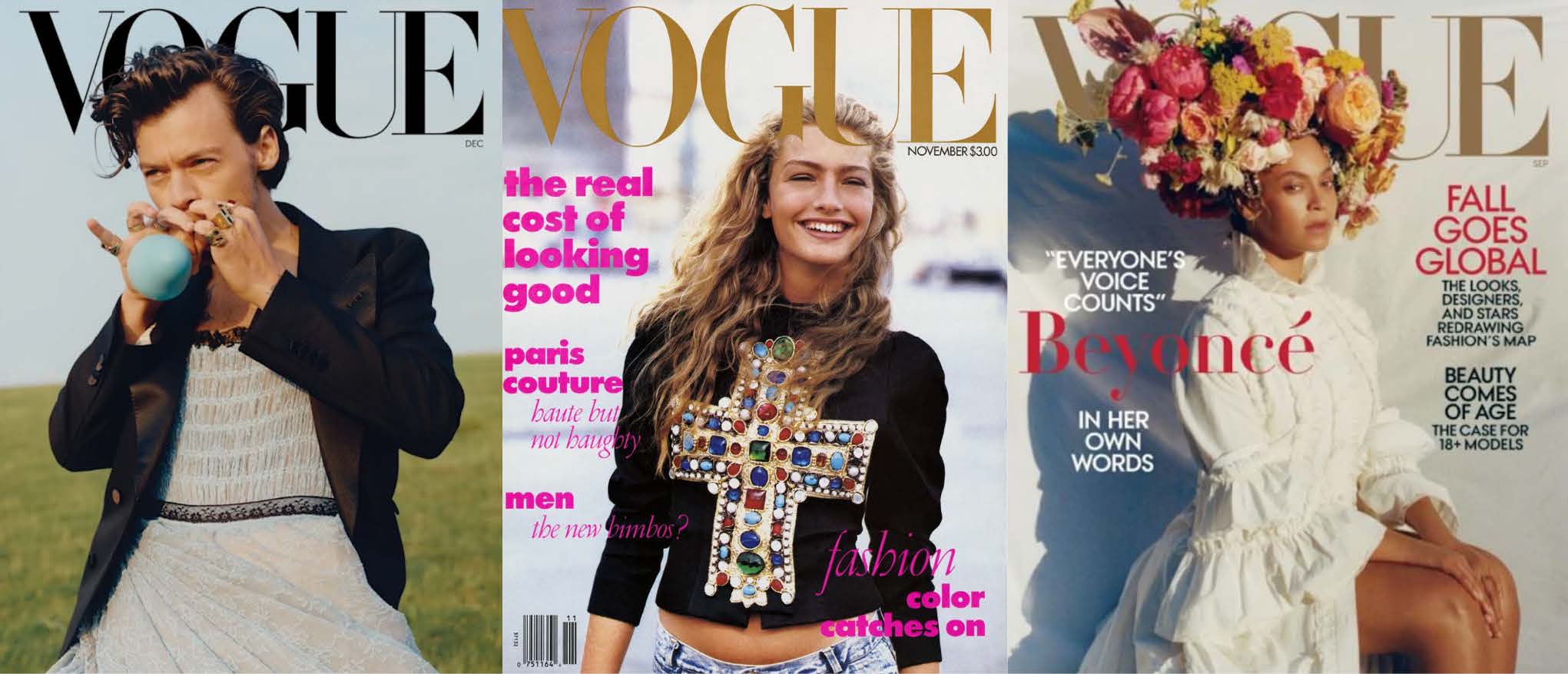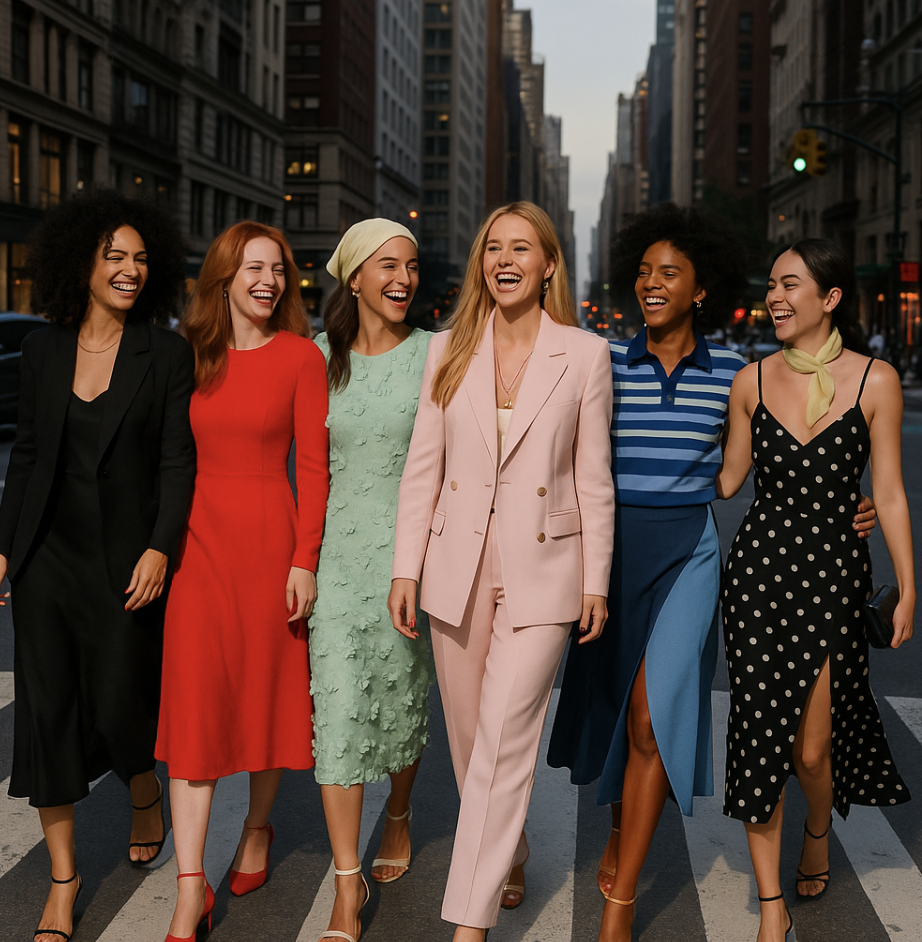The fashion industry was sent into a frenzy by the headline: Anna Wintour is stepping down as editor-in-chief of Vogue after 37 years. However, the panic subsided a few days later with the clarifying news that she would not be leaving the stage entirely. She's taking an even bigger one, as Chief Content Officer and Global Editorial Director of Condé Nast. That breaking news invites us to take a look back at why her tenure was so impactful and at the two previous editors who paved her path: Diana Vreeland and Grace Mirabella.
Who Is Anna Wintour?
Anna’s path started across the pond in London as an editorial assistant at Harpers & Queen. She moved through Harper’s Bazaar, New York Magazine, British Vogue, and ultimately ended at American Vogue. That stint at New York Magazine with her influence of clean layouts, bold story choices, and a fashion forward voice put her on Condé Nast’s radar.
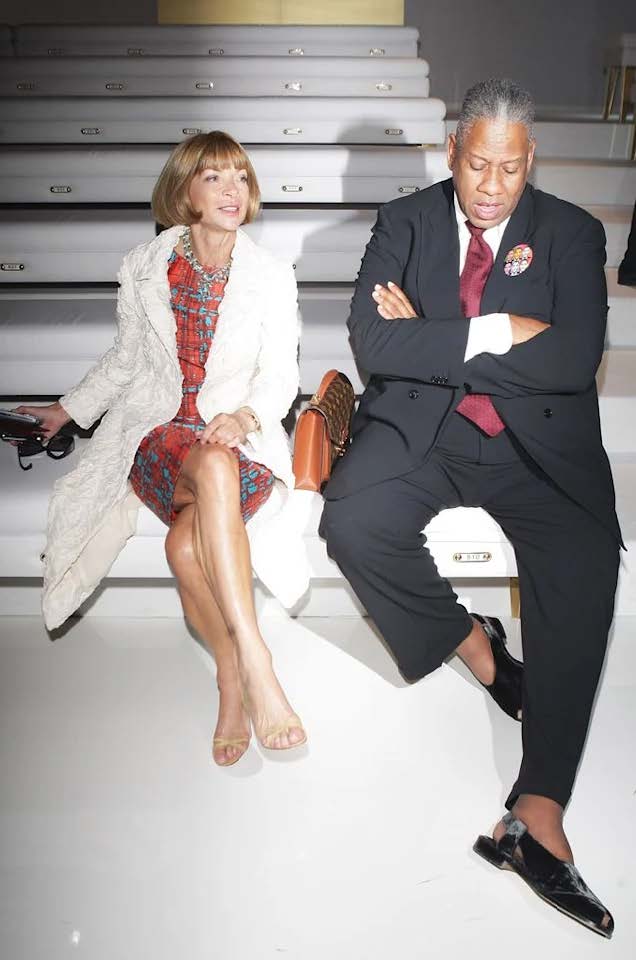
Why Her Reign Mattered
Wintour treated Vogue like it was more than a fashion magazine. She made celebrity covers a strategy. Designers, actors, athletes, and political figures shared the same front page, which closed the gap between fashion, pop culture, and politics. New designers got real support, not just mentions. Anna helped some big name designers when they were first starting out, designers like John Galliano, Alexander Mcqueen, and Marc Jacobs got press coverage when it mattered the most and helped them become household names. When media went digital, Vogue followed fast. They covered runway coverage in real time and behind-the-scenes stories on your phone.
Her biggest contribution was speed with standards. Vogue didn’t merely track trends; it timed them. The magazine turned into a place where stories moved quickly but still felt thoughtful and edited. That combination, urgency with taste, defined her reign.
Before Anna, there were two editors who shaped Vogue’s DNA: Diana Vreeland and Grace Mirabella. Understanding them explains why Wintour’s blend of imagination and utility worked so well.
Diana Vreeland
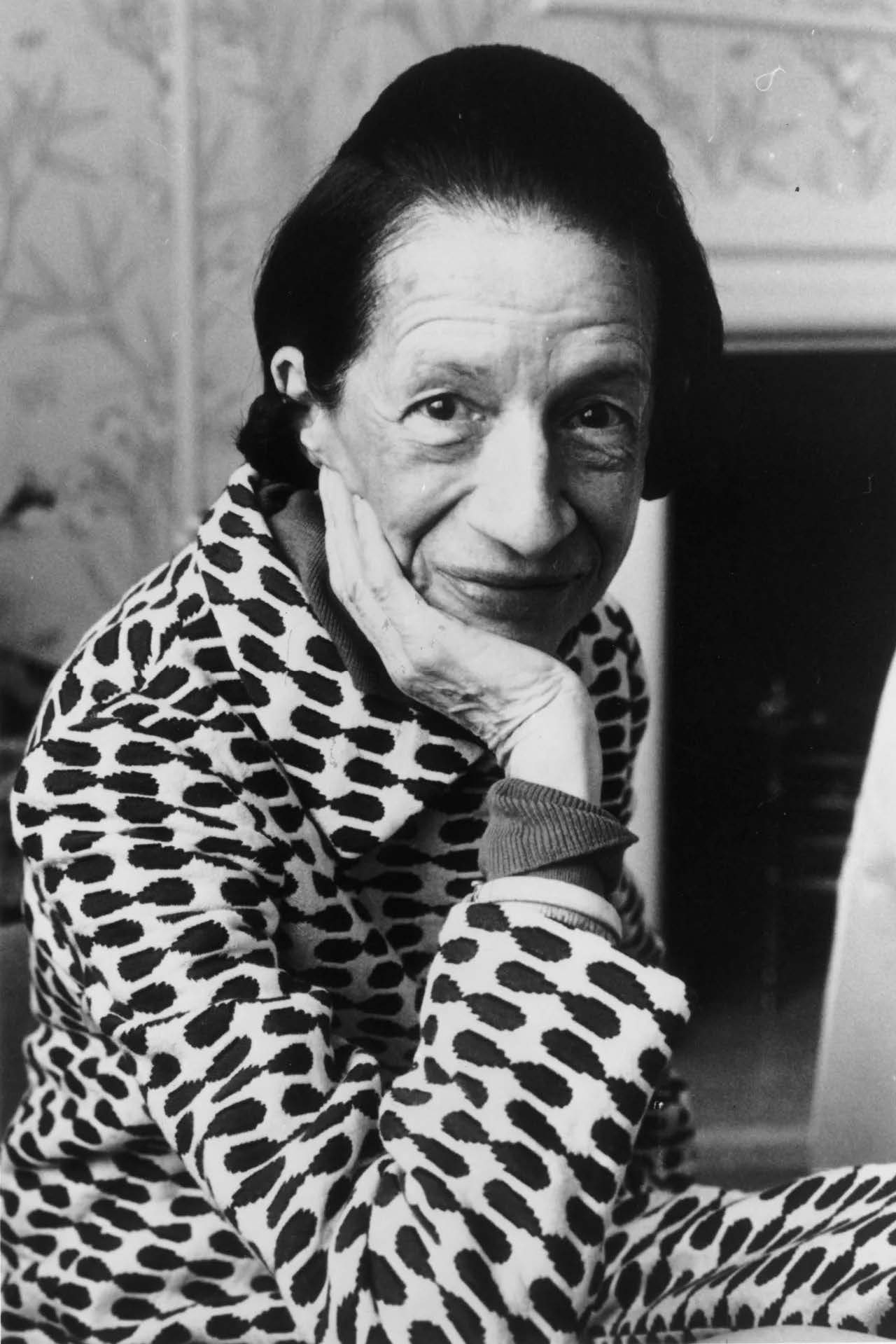
Diana Vreeland ran Vogue from 1963 to 1971 and made fantasy a feature. She treated editorials like its own new world, with her big sets, bold color, and offsight locations. Her impact shows up every time you see a high-concept fashion story that transports you somewhere else or a cover with a focus on the model's face. She also championed “the new” with conviction: new faces, new silhouettes, and unconventional beauty.
Grace Mirabella
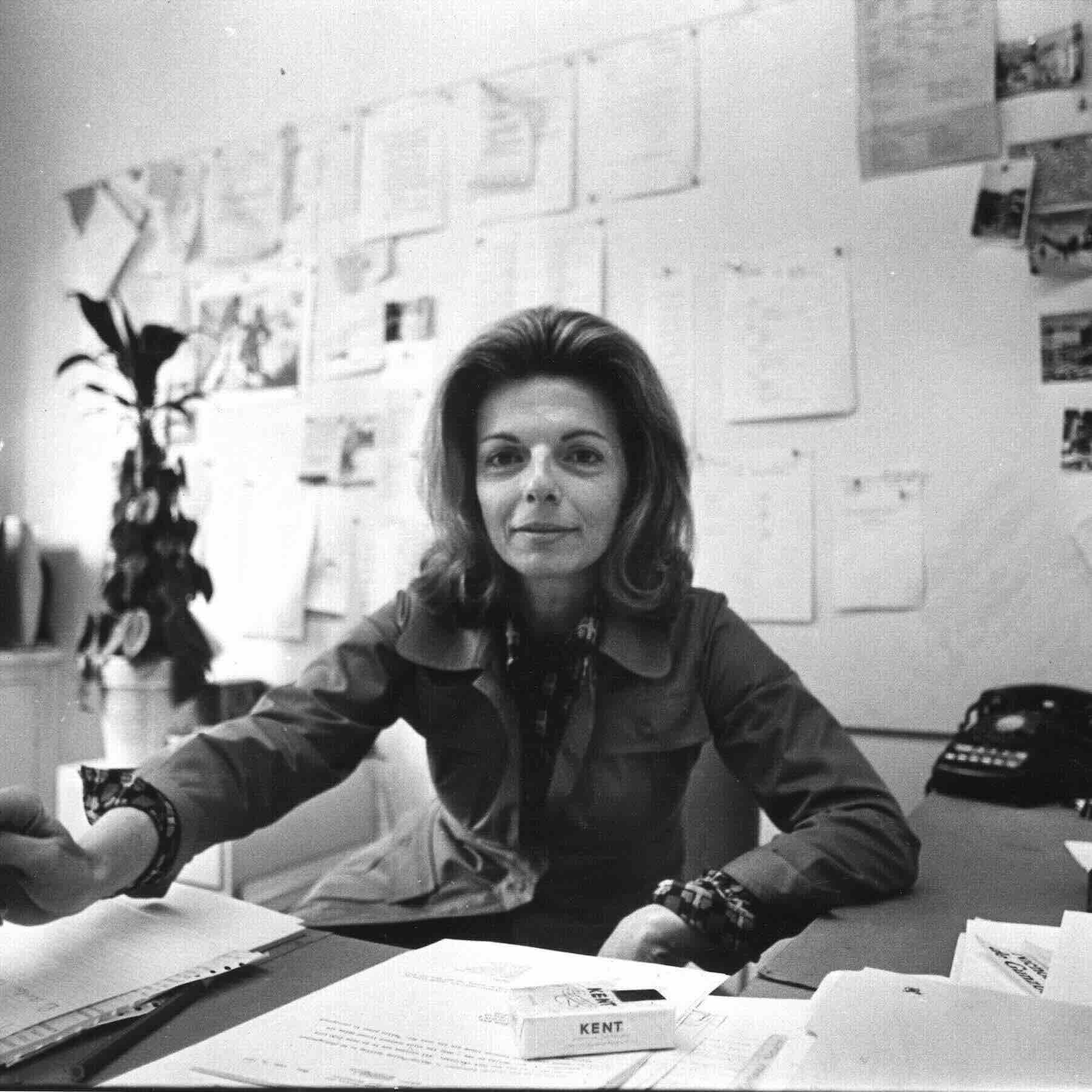
Grace Mirabella followed Diana from 1971 to 1988 with a clear message: Fashion should work in real life. She tuned the magazine to the needs of working women and championed American sportswear, clean lines, separates, ease. Service journalism thrived under her watch: what to buy, how to style it, why it earns a place in your wardrobe. She integrated health, beauty, and home into a consistent lifestyle package. Minimalism, clarity, and practicality, the hallmarks of Mirabella’s tenure still show up in how Vogue speaks to readers who want both aesthetics and function.
How Anna Brought the Two Together
Wintour fused Vreeland’s imagination with Mirabella’s practicality, then layered on her business discipline. The result was a magazine that could sell a dress and a worldview in one frame. Celebrity covers became a consistent editorial tool. Young designers got platforms that changed careers. More importantly, she scaled the brand. Vogue moved from a single glossy to a network: multiple international editions, digital verticals, social storytelling, and live events. The magazine didn’t just reflect fashion; it helped organize it.
Taking on a New Role
So what changes with Wintour leaving the Editor in Chief title and entering as Chief Content Officer and Global Editorial Director? The title acknowledges what was already true, her influence goes beyond one magazine and platform. Now she guides the tone and standards across titles and platforms. Anna Wintour's new role means her signature mix of ambition, influence, and sharp business sense will keep shaping not just Vogue, but the whole Condé Nast world for years.
